The Lost Books of Jane Austen by Janine Barchas (Johns Hopkins University Press, $35)
Here is a book after my own heart, not only because I enjoy Jane Austen but because I love the idea at the book’s core: that studying cheap books, “the unsung copies of ordinary people,” brings us closer to an understanding of real readers throughout history than the untouched first editions historically collected by individuals and institutions. The author, Janine Barchas, professor of English at the University of Texas at Austin, leads her readers on a journey into the bibliographically uncharted land of unidentified reprints and cast-off mass-marketed paperbacks to discover who was reading Austen and when and why. As a study of packaging and design, it is lavishly illustrated, but that is a mere bonus to the author’s brilliant thesis and erudite delivery. Even if Austen isn’t your cup of tea, this volume will change the way you think about publishers and readers. It’s a landmark in the scholarship of book history.
Books about Books Holiday 2019 Edition

It is perhaps inevitable that our quarterly roundup of books about books is heavy on heavy books, i.e. oversized, coffee-table tomes, the kind you might give or wish to receive as a holiday gift. Nevertheless, all are useful and beautiful additions to a book lover’s shelves.
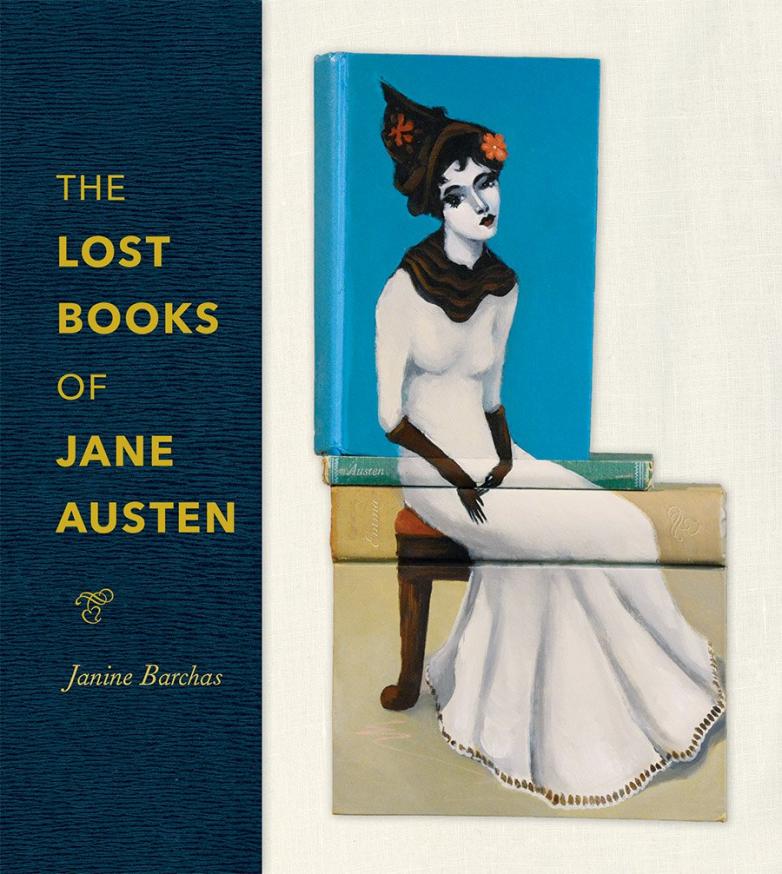
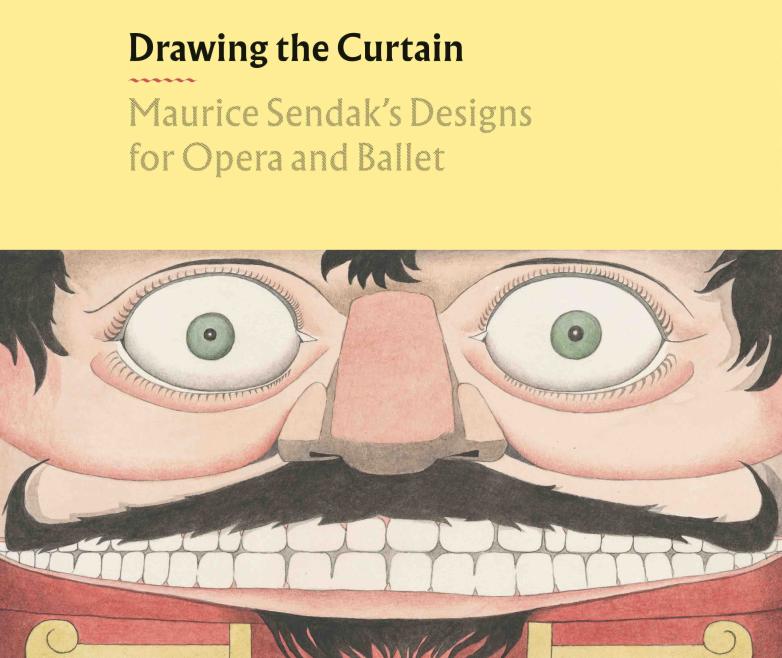
Drawing the Curtain: Maurice Sendak’s Designs for Opera and Ballet (Morgan Library & Museum and DelMonico Books/Prestel, $40)
This hefty hardcover, featuring children’s book author and illustrator Maurice Sendak’s nutcracker on the cover, is a lush celebration of his ‘second career’ as a librettist and designer for several ballets and operas. Illustrated by his models for stage sets, storyboards, and costume and set designs, the book spotlights five stage productions: four operas, Where the Wild Things Are, The Magic Flute, The Love for Three Oranges, The Cunning Little Vixen, and one ballet, The Nutcracker. Brief introductions, several scholarly essays, and one interview provide the context for all of this exuberant art. This book is a must for theater buffs and Sendak aficionados, particularly those who were unable to see the Morgan Library’s exhibition, Drawing the Curtain: Maurice Sendak’s Designs for Opera and Ballet, earlier this year.
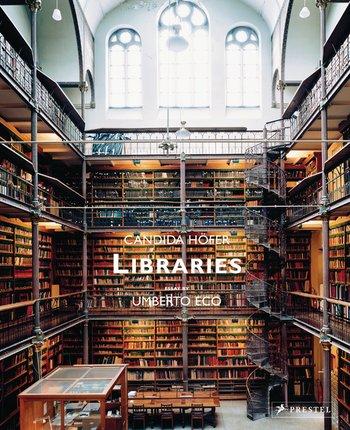
Libraries by Candida Höfer (Prestel, $65)
If you’re a fan of those “Top Ten Most Beautiful Libraries” lists—and let’s face it, who’s not?—here’s a long list between hard covers. Aside from a short essay by Umberto Eco, the focus here is entirely on Höfer’s eloquent photography. From the Rijksmuseum Amsterdam, pictured on the volume’s dust jacket, to the understated charm of the Herzogin Anna Amalia Bibliotek Weimar to the glowing rows of leather-bounds at the Biblioteca de la Real Academia de la Lengua Madrid to the ornate (and packed) shelves of the Real Gabinete Portugues de Leiture Rio de Janeiro, each large, full-page image compels its viewer to pause and simply stare. Each library is so different, and yet we cannot help but be drawn to them.
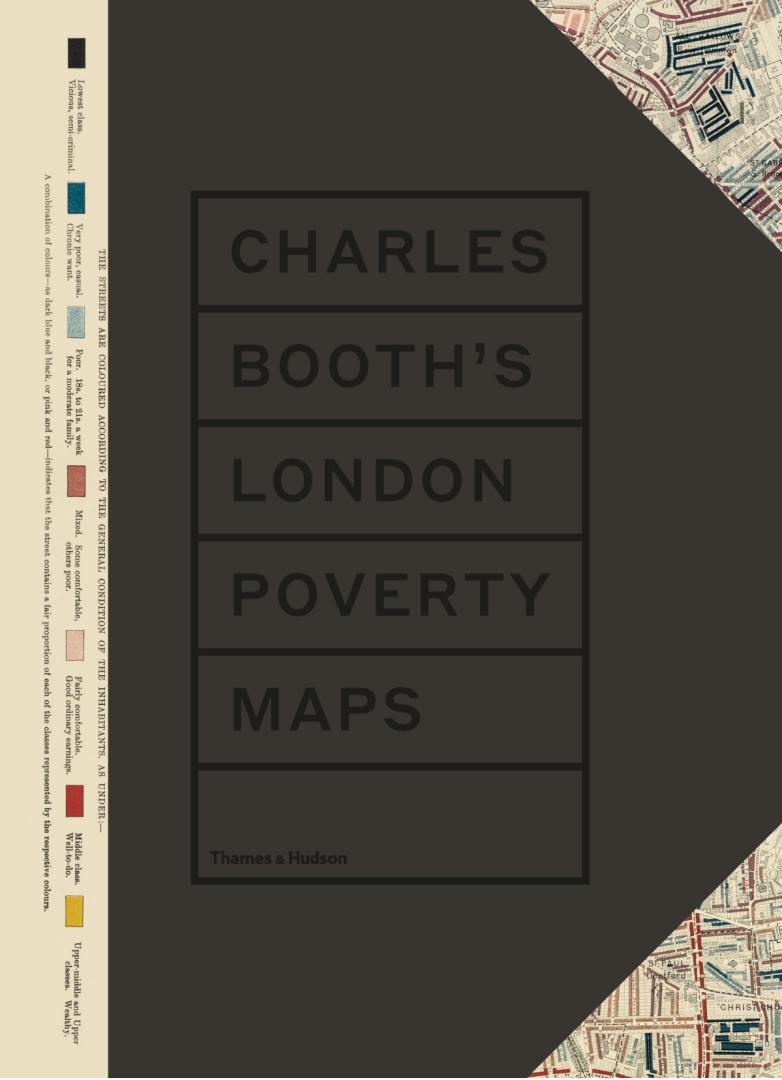
Charles Booth’s London Poverty Maps by the London School of Economics (Thames & Hudson, $100)
You may be, as I was, unaware of a series of seventeen volumes published by Macmillan from 1889-1903 called Life and Labour of the People in London. It was the project of social reformer Charles Booth, who initiated a landmark street-by-street survey in 1887 to discover how people lived. His initial findings, a 35% poverty rate, surprised even him. He used a color-coded classification system to visually document the distribution of wealth on a street-by-street basis within each district or neighborhood—from black and blue, the lowest and “semi-criminal” classes, to yellow, the upper-middle and wealthy classes. Those maps were printed, folded, and bound into the individual volumes. It was a magnificent achievement, and this substantial (stands over 37cm) new edition does it justice, both content-wise, with contributions from Iain Sinclair and Professor Mary S. Morgan, and design-wise, with marbled endpapers, full-color photography, and thick paper. While the hand-colored maps are the focus, the volume is illustrated throughout with archival images of Booth’s notebooks and raw data, plus period photography and ephemera.
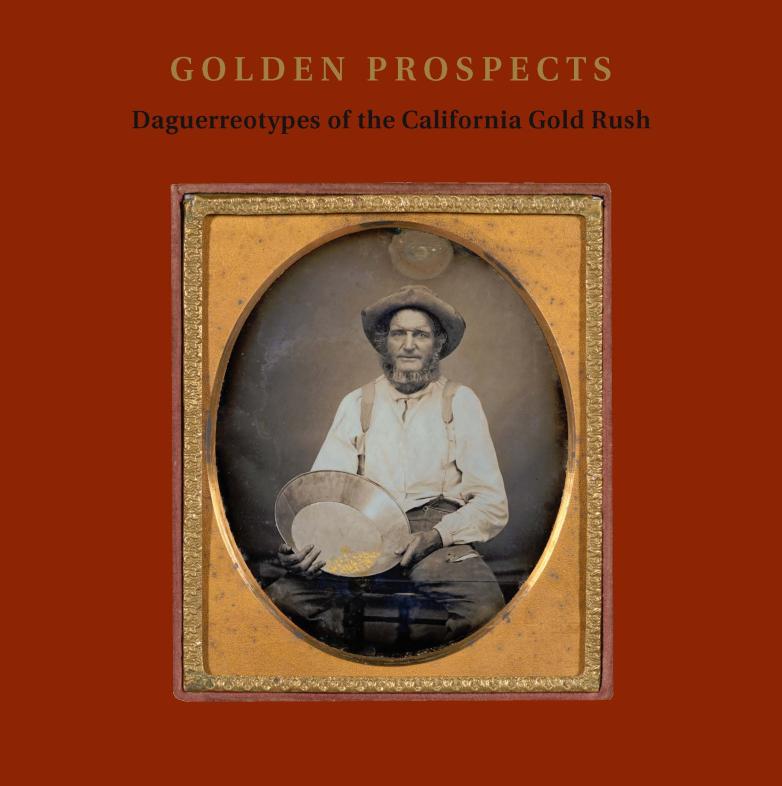
Golden Prospects: Daguerreotypes of the California Gold Rush by Jane L. Aspinwall (Yale University Press, $50)
Published in association with the Nelson-Atkins Museum of Art, which is currently showing an exhibition of the same name, this would be a wise gift for a collector of daguerreotypes and early photography, but I imagine many Californians would get a kick out of it as well. Getting a close-up view of these notoriously small and sometimes blurry images humanizes the tiny, bearded faces of Gold Rush miners. The reproductions shine and shimmer, and the accompanying chapters trace the dual history of photography and mining in the region at the time. Interested readers should note that the exhibition will travel to the Peabody Essex Museum in Salem, Massachusetts, from April 4 through July 12, 2020, and from there to the Yale University Art Gallery from August 28 to November 29, 2020.
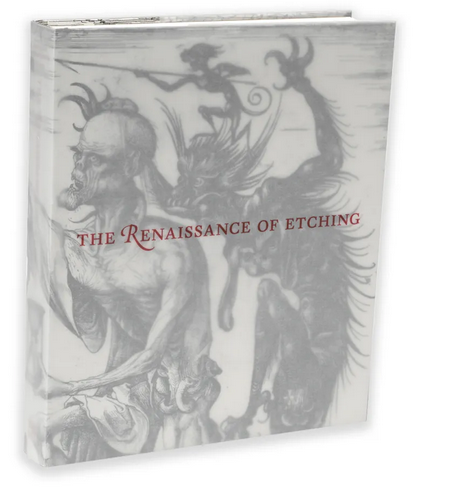
The Renaissance of Etching by Catherine Jenkins, Nadine M. Orenstein, and Freyda Spira (Yale University Press, $65)
As with the volume noted above, to call this impressive hardcover an exhibition catalogue, in this case, accompanying a current exhibition at the Metropolitan Museum of Art, is inadequate. What the authors are paying particular attention to here are the origins of etching, from its beginning as a method for decorating armor to its application by fifteenth-century printmakers, such as Albrecht Dürer (“The Man of Sorrows,” always a favorite), Parmigianino, and Pieter Bruegel the Elder. The stunning cover sets the tone.















